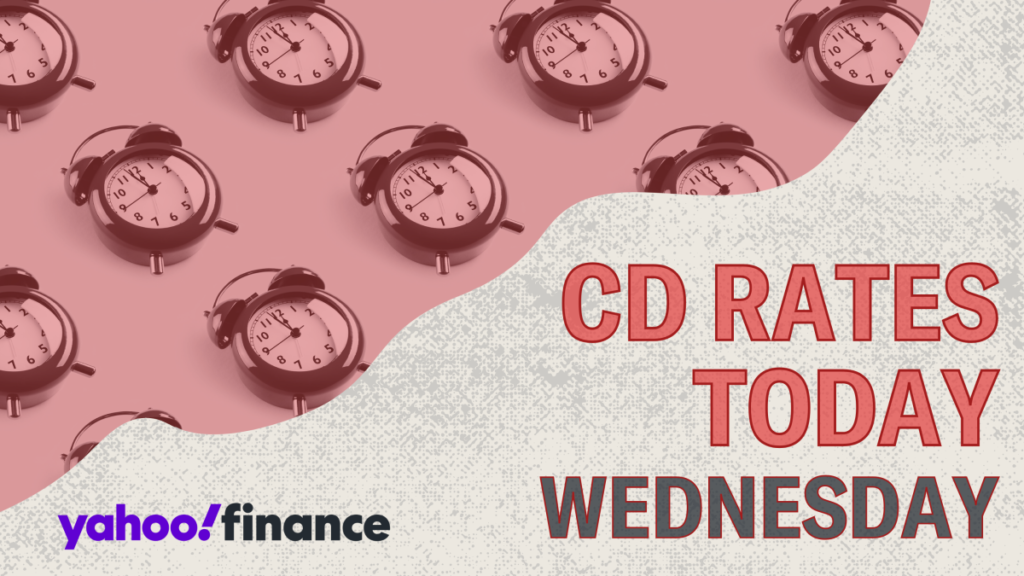Last month, the Federal Reserve lowered the federal funds rate, signaling a downward trend in deposit account rates. This shift presents an opportunity for savers to secure a competitive return through certificates of deposit (CDs) before rates potentially decline further. Currently, CD rates remain high in a historical context, particularly for shorter terms, with rates around 4.50% APY or better for terms close to one year. While the rates for longer-term CDs (three years or more) are slightly lower, they still hover near 4% APY. Presently, the leading CD offer comes from Capital One, which provides an 11-month CD with no minimum deposit required.
CD rates are intrinsically linked to the federal funds rate; when the Fed adjusts its rates, deposit account rates generally follow suit. After maintaining a steady interest rate throughout much of 2024, the Fed recently reduced the target rate by 50 basis points, from a range of 5.25% to 5.50%. As inflation eases and economic conditions improve, there are expectations of further rate cuts in the near future. This trend suggests that savers might be running out of time to lock in the current higher rates, making the pursuit of advantageous CD options more pressing.
Investors should consider several important factors when deciding whether to invest in CDs. While earning a competitive interest rate is significant, it is essential to also evaluate one’s financial goals. CDs are particularly appealing as a low-risk investment that preserves capital, as they are FDIC-insured up to federal limits. However, if one’s financial objective is long-term wealth growth, such as saving for retirement, market investments might offer better returns over time. Ultimately, understanding individual liquidity requirements is vital since CDs necessitate commitment for a specified term, with penalties applying for early withdrawals.
While traditional banks offer CDs, it is advisable to explore options beyond one’s current banking institution, as the competitiveness of rates can vary widely. Comparing rates across different financial institutions is crucial, particularly given that not every bank provides attractive CD options, even when interest rates are high. Consequently, the pursuit of favorable CD accounts necessitates diligent research and comparison.
Online banks can be an excellent source for finding high-yield CDs. Their lower operational costs allow them to provide customers with reduced fees and enhanced deposit rates. Given this advantage, prospective CD investors may find valuable opportunities with these institutions. Similarly, credit unions, which operate as not-for-profit cooperatives, often extend better rates and fewer fees compared to profit-driven banks. Investigating local credit unions or online counterparts can thus be beneficial. Additionally, community banks emphasize service to their localities and frequently offer competitive interest rates and personalized services, positioning them as another strong option for potential CD savers.
In summary, with the recent Federal Reserve interest rate cuts, now may be an optimal time for savers to consider investing in CDs. The current landscape of high CD rates offers a chance to secure advantageous returns. However, it is important to evaluate individual financial goals, liquidity needs, and seek out the most competitive rates through various banking channels. Whether through online banks, credit unions, or community banks, careful consideration and comparison will enable better decision-making regarding where to invest in certificates of deposit.

